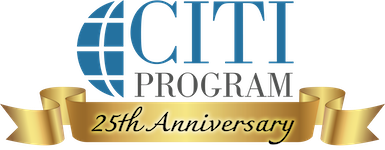This course offers an introduction to working with genetically modified mice in research settings, including basic concepts and history, nomenclature, genetic engineering, breeding and maintenance, and animal welfare and regulations.
Language Availability: English
Suggested Audiences: Animal Workers, IACUC Members, Investigators, Research Assistants, Staff
Organizational Subscription Price: Included in Animal Care and Use (ACU) Core series, available as part of an organizational subscription package or for $675 per year/per site as a subscription add-on for government and non-profit organizations; $750 per year/per site as a subscription add-on for for-profit organizations
Independent Learner Price: $99 per person
